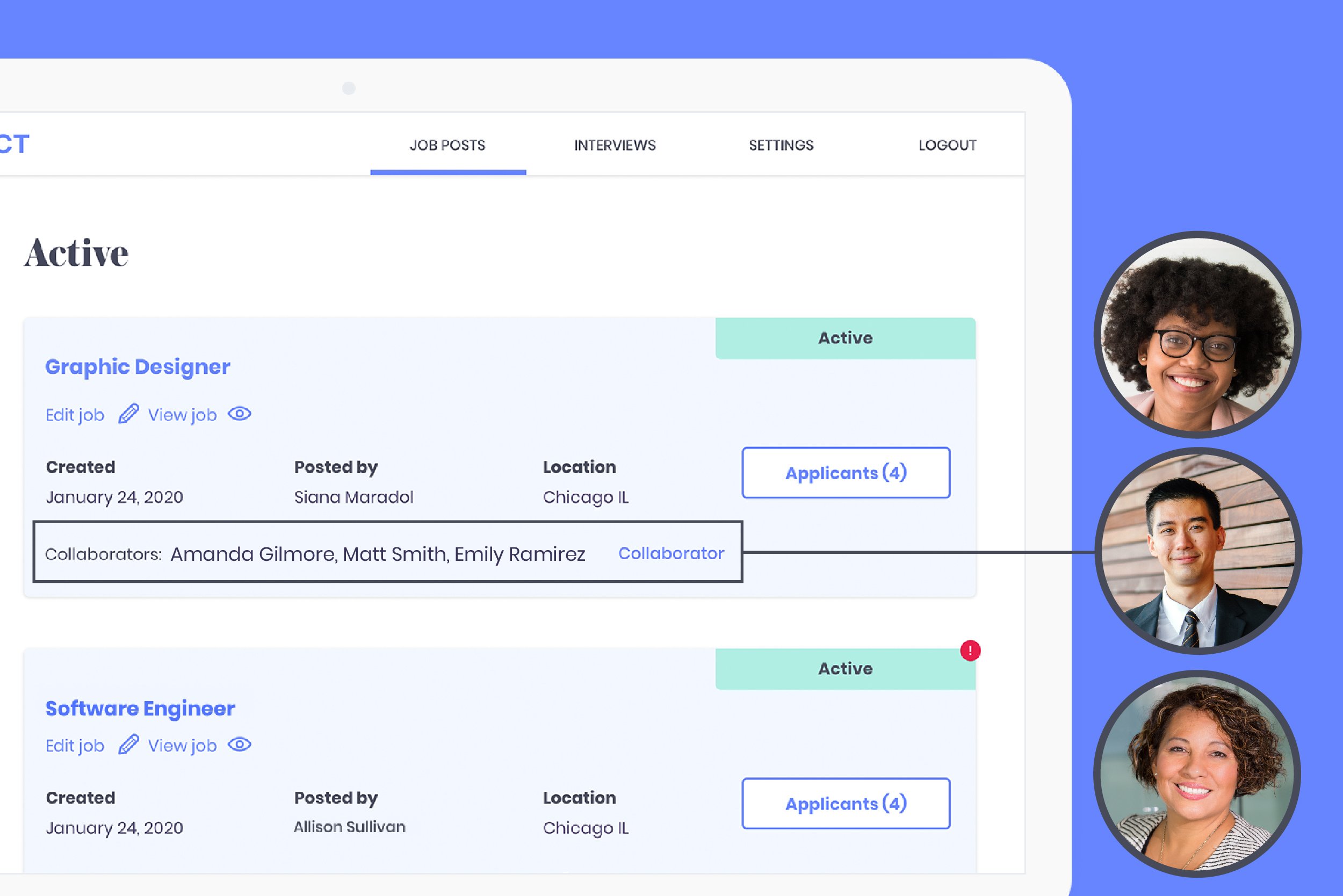How do I keep my remote workforce engaged as work from home continues to extend? What do I need to be thinking about as I prepare for employees returning to the office?
The Mom Project collected top questions from business leaders across various industries and company sizes, and sat down (virtually) with with Dr. Pam Cohen, President of WerkLabs. Based on insights from WerkLab’s most recent study on the effects of the COVID-19 pandemic on employee experience, we tackled some of the most common questions companies have about keeping their workforces supported, engaged, and productive right now.
Q&A with Dr. Pam Cohen, President of WerkLabs
We had a lot of momentum with employee engagement at the beginning of this work-from-home process, but that has waned. What tips do you have for companies and managers to keep the momentum going?
There are a lot of factors that go into creating feelings of fatigue and burn-out. From our research, we know organizations can make the greatest impact in reducing these feelings by focusing on socio-emotional drivers of employee experience, like how socially connected and supported employees feel.
Blocking off 15 minutes of self-care time for employees to take on their calendar could be helpful in making employees feel as though their workload is more manageable. Establishing buddy programs for employees can help reduce feelings of isolation. Efforts like these made by leadership, not only help employees take control of their schedules and feel more socially connected, but they also signal that the organization cares about the wellbeing of its employees, which truly can help reduce those feelings of fatigue.
People are experiencing “Zoom fatigue” and getting tired of video calls. What else can we do to keep them engaged and avoid isolation? Can you speak specifically about how to engage employees remotely who are natural introverts?
First, the meeting organizer should ask “does this call really need to be over Zoom?” Fatigue stems for overuse, so the source of your employees fatigue may be simply that you or your team is overusing Zoom. If relationships are already established, use other collaboration tools like direct messaging, shared drives on the Cloud, email, and even phone.
In terms of engaging employees remotely, leaders should be prepared to solicit feedback and to moderate so it’s not just the loudest voices that are heard. We know that women are less likely to speak up in a Zoom setting and are more likely to be interrupted by their male counterparts. A good leader will monitor a call and make certain that everyone is getting the opportunity to voice their opinions. It also helps to establish goals and expectations for the meeting in advance. Introverts are more likely and willing to speak up if they can prepare in advance of doing so.
For parents, what’s a fair balance between both partners’ jobs? Can you share strategies for balancing work together and sharing kids activities and education fairly?
In a two parent family, ideally, each would take shifts to be available for childcare and homeschooling. Often, though, there is an imbalance, with one parent, typically the mother, taking on more of the childcare. And, there are also a great deal of single parent families as well. Our research shows that for working parents, regardless of their situation, the biggest organizational driver in finding balance between both partners’ jobs is the holistic support each parent receives from their respective companies.
Companies can provide support by encouraging parents to block off chunks of time on their calendars, schedule meetings around peak childcare times, and ensure that meetings are scheduled in advance so that parents can plan around those times. When possible, allow for additional PTO so parents can feel completely present for their children. Emphasize non-standard working hours because parents may need to work early in the morning or late into the night. Overall, leadership needs to make a conscious effort to support their working parents in managing constantly changing schedules and heavy workloads.
How do we instill confidence in our team that we have their best interests in mind when rolling out our return to office plan?
Employees understand that there is no perfect plan for returning to office, and they recognize that “work as we know it” will look very different after COVID-19. So, any bumps experienced along the way in returning to work can largely be absorbed when employees think that the actions of leadership are being taken with employees’ wellbeing in mind.
It’s also important for leaders to manage their own expectations. People have established new routines- a new normal- so some employees may actually not be all that excited about returning to the office. Because returning to the office might not be possible for some families who still have children at home, leadership should create a plan for those who can return, and those who cannot.
How should I begin to think about what policies and programs should be in place as we transition employees back to the office in the near future?
Each company is unique and will need to create policies reflecting that. Leaders need to ask “what matters most to my employees as they return-to-office?” To craft the best policies and programs to empower employees, you need to get a detailed pulse of your organization and what employees are feeling.
From our most recent study, we find that Organizational Leadership, Job Clarity, and Managers are the most impactful workplace drivers of employee experience during COVID-19. We also see that Holistic Support, Schedule Manageability and Social Connectedness most strongly impact employee socio-emotional well-being during this time.
Are there any signals if more employers are moving to include parents as part of their Diversity & Inclusion strategy vs. only from a Talent Acquisition/benefits perspective?
We have been hearing more about this. Companies are looking to have parent resource groups, to support parents and provide them with a platform to connect. If the goal is to attract and retain parents, organizations ought to recognize that the needs of children change over periods of time and differ from parent-to-parent. Prioritizing a more inclusive and comprehensive on parental leave program will have a big impact on improving the employee experience for parents.
Additionally, we see companies starting to provide more support for caregiving. This is not just for parents, but also for people who are caring for parents, relatives, and elders. More recently, there have been initiatives for progressive companies to provide support across caregiving and to create an equitable work environment.
In this remote world how do employees ensure that they remain visible to management without coming off as needy or desperate?
People feel like they need to be available 24/7 and constantly heard and seen on video chat/direct messaging. It’s incumbent on managers to set expectations for consistent touchpoints by setting up one-on-ones and team meetings. In doing so, employees know that there’s a dedicated time to go over their work priorities with their manager. Touchpoints that are meetings and emails, as opposed to Slack messages or texts that require immediate response, are more helpful for managers and employees.
Want to learn more about how WerkLabs can help you understand and improve your employee experience? Contact insights@werklabs.com
About Dr. Pamela Cohen
Pam Cohen is a behavioral research scientist with expertise in predictive analytics. She combines qualitative and quantitative research methodologies to create measurement systems and analyze data on workplace sentiment and engagement, family friendly policies, corporate reputation, and social responsibility, linking those and other relevant intangibles to key performance outcomes. Her teaching and research is focused on applications of behavioral economics and social psychology.



